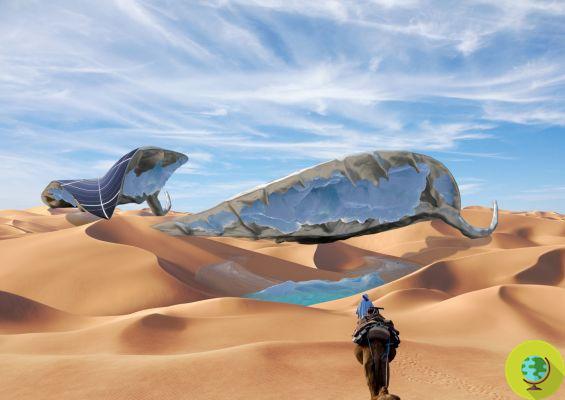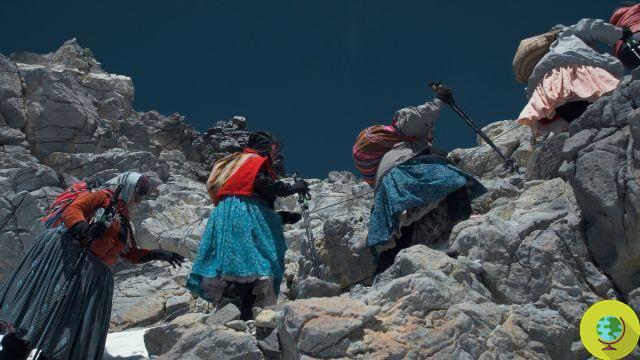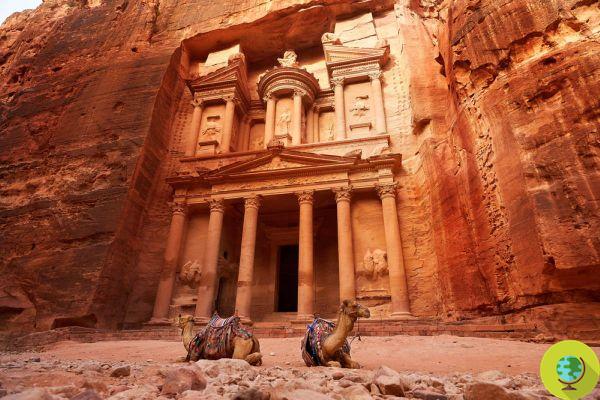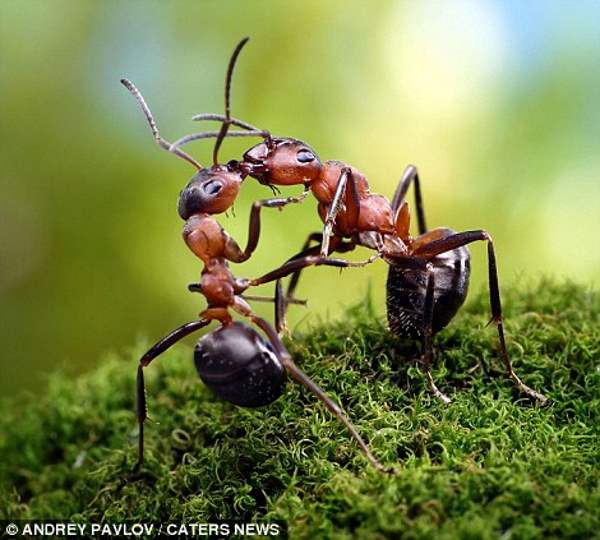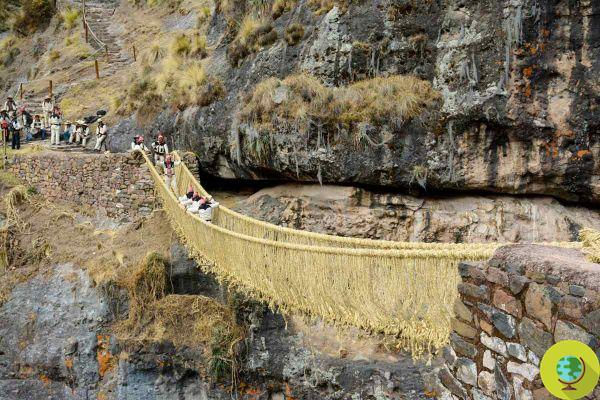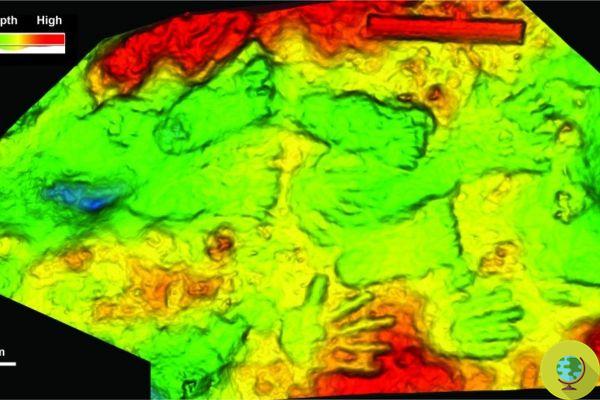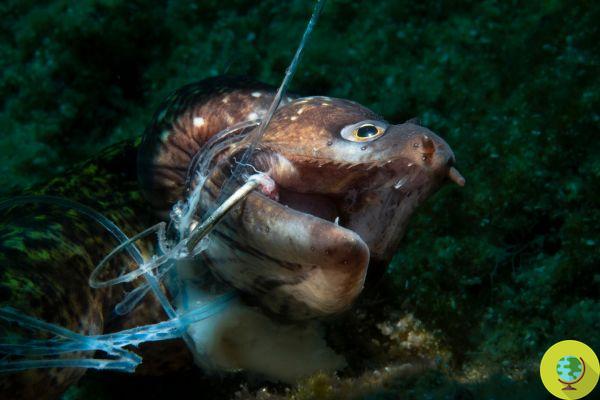The 21st session of the UNESCO MAB-ICC Biodiversity Conservation Program added 22 new World Biosphere Reserve sites to the 531 existing ones.
Don't store avocado like this: it's dangerousThe 21st session of the UNESCO MAB-ICC Program (International Coordinating Council of Man and the Biosphere) for the conservation of biodiversity added 22 new sites "Biosphere Reserves in the World" to the existing 531.
The meeting was held from 25 to 29 May '09 on the volcanic island of Jeju 130 km from the southern tip of South Korea. Here, the Council decided to integrate the MAB with 22 new biosphere reserves or areas of conservation of biodiversity where, thanks to international cooperation, plans are implemented to safeguard nature and the development of indigenous populations.
The list of new Unesco sites
The “New Entries” come from 17 countries: Mexico, Spain, Portugal, Venezuela, North Korea, South Korea, Australia, India, Indonesia, Vietnam, Lebanon, Syria, Germany, Russian Federation, South Africa, Ukraine and Malaysia. The journey in these territories offers a suggestive vision of the world and nature.
In Mexico, in Chiapas, the Montebello lagoons are a natural park with over 6.000 hectares of forest and 50 lagoons. Local communities are involved in resource management. An attempt is made to implement agricultural practices compatible with conservation such as traditional coffee production which, thanks to the conversion of the beans, has become organic. Together with reforestation and at eco-tourism activities these projects are valid alternatives to support the sustainable development of the area.
La Spain kissed by the sun it boasts Fuerteventura, island of the Canary archipelago. The area enjoys a wide variety of marine species such as dolphins and turtles. L'ecotourism is the main activity of the island together with the renewable energy production wind and solar.
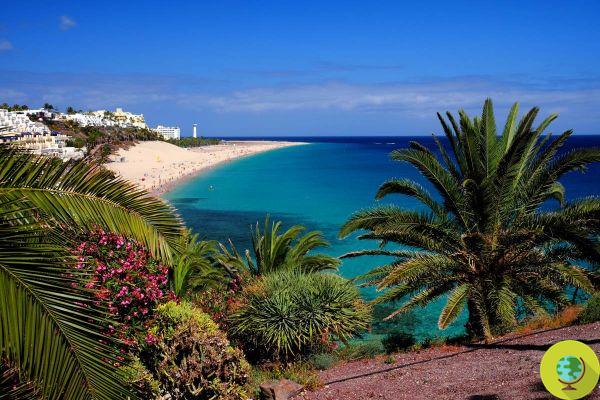
@Elena Krivorotova/Shutterstock
In Portugal theisolates flowers, part of the western Azores group, has a morphological geography among the most interesting in Europe with numerous lakes, mountains and waterfalls. High cliffs dominate much of the coast and the surrounding waters are populated by dolphins and whales.
Il Delta of the Orinoco in Venezuela it is the second largest in the South American continent. Hosts more than 2000 plant species and has a wide range of terrestrial and marine fauna. The indigenous Warao population is fully integrated with local biodiversity.
In the southwestern archipelago of the North Korea are Shinan Dadohae island which, thanks to extended full of tide, it hosts a huge variety of animal species. Here traditional activities such as hand fishing and the production of salt are still practiced.
Il Great Sandy Desert Australian it is not that arid it hosts in fact the largest desert 'forest' in the world and vast salt marshes.
THEIndia has three areas heritage of biodiversity: Nokrek, Pachmarhi e Similipal.
The national park of Nokrek is known for citrus fruits used as a gene pool for commercial fruits.
Pachmarhi, a reserve for tigers and wild animals in the heart of the Indian continent, has tropical, humid, dry and subtropical forests. The area is a botanical paradise. The local tribes, thanks to their socio-cultural traditions, have contributed to the conservation of the territory.

@deepak bishnoi/Shutterstock
Similipal is a reserve for tigers in the Indian state of Orissa in the past hunting ground for the Maharajah of Mayurbhanj. Today it is a botanical and wildlife laboratory for scientists and naturalists.
In Indonesia, in the protected area of Giam Siak Kecil - Bukit Batu the Sumatran tiger reigns. Ecological study reserve, Bukit Batu is also an interesting testing area on carbon dioxide (CO2) in the context of coal exploitation mechanisms.
The southernmost tip of the Vietnam, is called Mui Ca Mau and marks the boundary between the mangrove forest and that of Melaleuca. A sustainable development of the area is moving towards eco-tourism and cultural tourism to make known the richness of the customs of the local population. Cu Lao Cham, in the central part of the Vietnamese territory, is relevant for the variety of molluscs, corals, crustaceans and algae.
Jabal Moussa in Lebanon is an important study area for birds renowned for the still intact Adonis Valley with its ancient agricultural terraces and paths that date back to the Roman Empire. The valley is bathed by rivers and streams and covered with forests of oak, pine and olive groves as well as wild animal species such as wolves, hyenas and reptiles.

@Fotokon/Shutterstock
At the southernmost point of the Syria we find the site of Lajat on the border with Jordan characterized by an extraordinary biological richness which includes some of the most evocative views of the region. The development of thelocal archeology discovering the ruins of Lajat.
Two wonders of the Germany with Biosphere Bliesgau e Swabian Alb.
The first is part of the philosophy of urban ecology "in the middle of the city" a project aimed at integrating two contrasting landscapes, the densely populated north and the rural south.
Swabian Alb it is located in the Jura area, near Stuttgart. Forests of beech, pine, fir and orchards inspire sustainable development programs such as reforestation, agriculture and ecological business. The military area Münsingen near Hilly Alb, closed to the public for 110 years and reopened in 2005, it retains the landscape features of the 1700s.
Altaisky is a mountainous area of the Russian Federation whose heart is part of the Golden Mountains in the UNESCO heritage site of the Altai Mountains, a nature reserve since 1932.
In South Africa la Vhembe reserve inhabited by the Venda, Shangaan and Sepedi peoples, it is endowed with an incredible natural and cultural wealth.
THEUkraine enjoys a mosaic of ecosystems collected in the area of Desniansky. Its pieces are rivers, forests, lakes, swamps and alluvial floods. The area is important for the study of rare species such as lynxes and bears.
Between Spain and Portugal the Riserva di Geres – Xures. Important for the richness of the forests and a remarkable variety of species born under the influence of the oceanic and Mediterranean climate. The two states collaborate on eco-sustainable ecosystem management programs.
La Malaysia, with the aquatic basin of Lake Chini in the southern part of the peninsula it is a sanctuary for local species. 22 wonders of Mother Earth to be explored. Many of the areas described live thanks to tourism, which is naturally sustainable.
The UNESCO site offers a taste of some of these, which can be visited in the section Photo Gallery of the website.
Source: UNESCO





